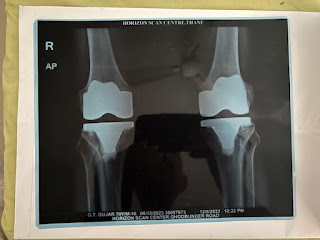How robust is our pesticide policy? A case of waiting period or post-harvest interval for safe consumption of produce

Top: Saurashtra farmer who was keen to offer us a gift of maize, but for spray a day before; Bottom: Ready to spray with mixture on cotton. As early as 1985, India recognised importance of integrated pest management to achieving optimal crop protection in its agricultural policy. This policy also envisaged reduction in the use of synthetic pesticides and increase in eco-friendly safe tactics in the agroecosystem. Safety to all is pivotal of crop protection policy. However, synthetic pesticides remained the bulwark of integrated pest management in agriculture. In fact, consumption of synthetic pesticides has increased over the past two decades from about 45,000 tons to about 60,000 tons. And hence, it has become necessary that we use pesticides judiciously so that farmers save their farm produce from the ravages of pests and at the same time, consumers get foodgrains and other farm produce that are safe to eat. Some years back, I was reading the data on major uses of pesticides, e




